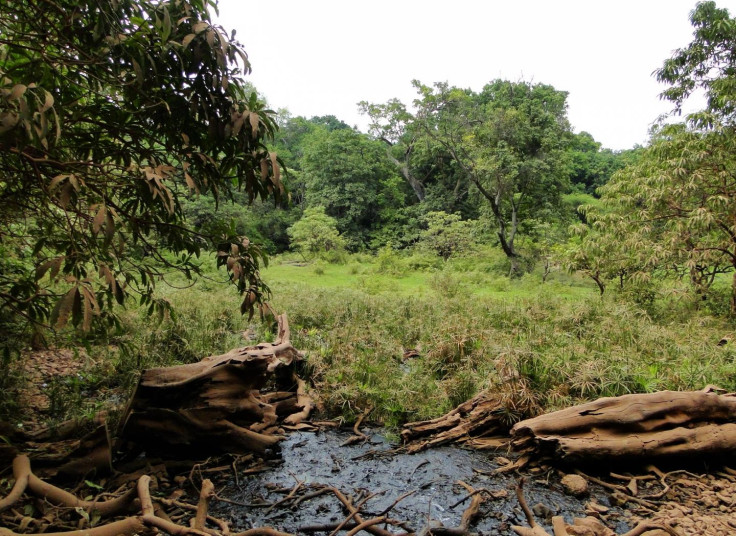Human evolution: Ancient water springs in East Africa shaped hominins' genes for the future
The groundwater springs would have been a lifeline for our pre-human ancestors.
Finding water was hard for our pre-human ancestors: lakes and rivers in the East African region are rare and often salty when they are present. A new study has found that hundreds of springs scattered throughout East Africa could have supported pre-human survival and migration throughout even the driest periods.
Lakes and rivers often leave clear marks in the geological record that can be interpreted millions of years after they have dried up. But springs are more transient, and often leave no trace behind in the geological record.
Failing to account for springs that existed but have left no trace has made us overestimate the importance of lakes and rivers for pre-humans living about 1 to 2 million years ago, according to a study in the journal Nature Communications.
The study looked at today's landscape in a 21-million-square-mile region of East Africa – which is going through a relatively dry period now – to see how many groundwater springs there are. The study found 450 springs.
That number sounds absolutely tiny for such a large region – but it's a lot more than have historically been found in the geological record for dry periods in East Africa's history. The figure is also probably an underestimation, as only the most important springs to human populations are noted on maps, study author Mark Cuthbert of Cardiff University told IBTimes UK.
As a result, it's very likely that many more groundwater springs were around as hominin species began to emerge a couple of million years ago. These 'hydro-refugia', or water refuges, could have shaped migration routes throughout East Africa.
"That period about 2 million years ago is important for an increase in the number of hominin species and the first appearance of the genus Homo – that's when we started to become more human," said Cuthbert.

"It's also a time when the African monsoon climate starts, which has a 20,000-year cycle. So it's a very interesting period of time for a number of reasons."
The water refuges are also thought to have shaped hominin genetics. During drier periods, pre-human ancestors were probably more confined to scarcer water sources. This isolation could have supported new species evolving, as populations were cut off from each other and could not interbreed.
Out of Africa
Humans are thought to have left Africa in large numbers around 70,000 years ago, although other more controversial studies have said that pre-humans left Africa before then and first evolved in Greece. The existence of many springs could have influenced this migration too, although the exactly how big of a role isn't yet known.
"In the wider picture of these persistent water refuges can be applied to anywhere in the world, including migration routes out of Africa across Arabian peninsula," said Cuthbert.

"The thought that there could have been these hydro-refugia enabling migration across these landscapes is our hypothesis. But for that time period, we can't say anything too specific about it."
Cuthbert hopes the results will help to constrain debates in the "notoriously arm-waving discipline" of human evolution.
"Human evolution has to rely on only very patchy fossil evidence but it raises such intense scrutiny and interest because it's the story of who we are. It's always changing because new evidence comes to light.
"So we've tried to give a physical science basis for that framework, to determine what is realistic and possible."
© Copyright IBTimes 2025. All rights reserved.






















